Uncategorized
-
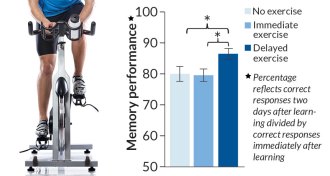
-
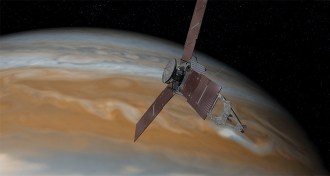 Planetary Science
Planetary ScienceJuno is closing in on Jupiter
After 5 years of travel, Juno will soon reach Jupiter and begin its up close investigations of the giant planet.
-
 Planetary Science
Planetary ScienceThe 43-year history of journeys to Jupiter, in one graph
With the arrival of Juno, nine spacecraft will have flown past or orbited Jupiter over the last 43 years.
-
 Health & Medicine
Health & MedicineZika infection late in pregnancy may be not so risky
An early report out of Colombia finds no microcephaly in babies born to a group of pregnant women infected with Zika virus during the third trimester.
By Meghan Rosen -
 Astronomy
AstronomyMolecular handedness found in space
Propylene oxide in an interstellar cloud sets up a testing ground for understanding why life chooses one type of mirror-image molecule over another.
-
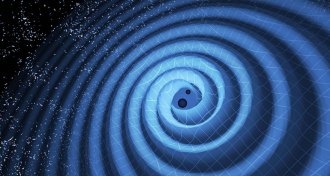 Physics
PhysicsSecond gravitational wave signal detected
LIGO has spotted a second set of ripples in the fabric of spacetime.
-
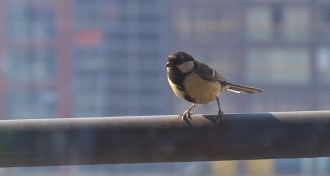 Animals
AnimalsCity living shortens great tits’ telomeres
Great tits raised in urban nests have shorter protective caps on their chromosomes than those raised in rural nests.
-
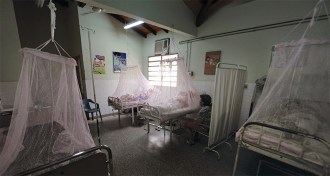 Life
LifeVaccines may offer defense against dengue, Zika and chikungunya
Mosquitoes carry several harmful viruses—dengue, Zika, chikungunya. Vaccines may be the best means of defense.
By Laura Beil -
 Astronomy
AstronomyLimestone world gobbled by planet-eating white dwarf
Debris from a shredded planet points to a world that was once covered in calcium carbonate.
-
 Planetary Science
Planetary ScienceLong-lost ‘extinct’ meteorite found
A newly discovered meteorite, nicknamed Öst 65, may have originated from the same collision that formed L chondrites, one of the most abundant groups of meteorites on Earth.
-
 Chemistry
ChemistryMovie viewers’ exhaled chemicals tell if scene is funny, scary
Changes in trace gases exhaled by movie audiences could point the way to a subtle form of human communication.
-
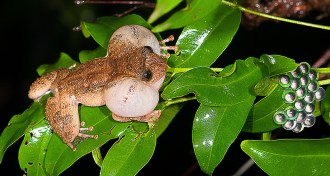 Animals
Animals‘Kermit Sutra’ gets seventh amphibian mating position
Bombay night frogs’ unusual mating protocol features indirect sperm transfer and female croaks.
By Susan Milius